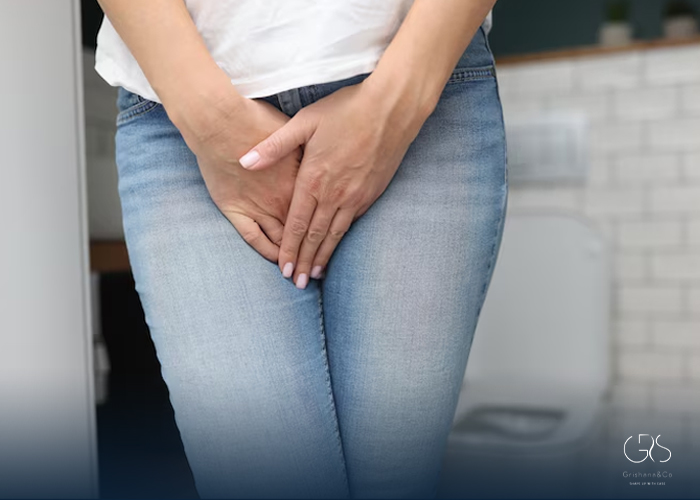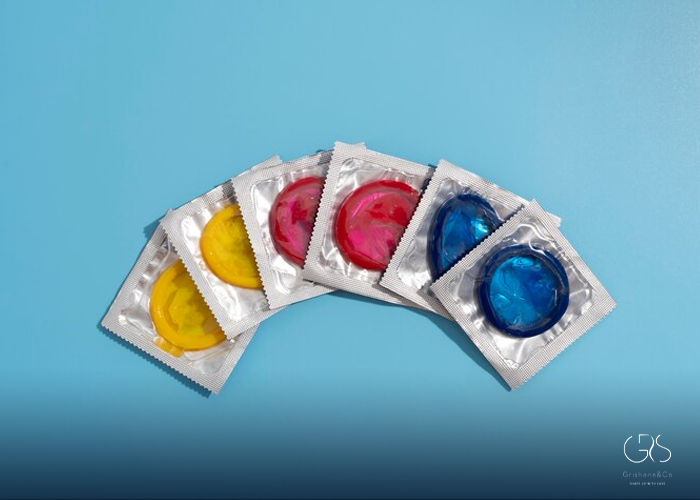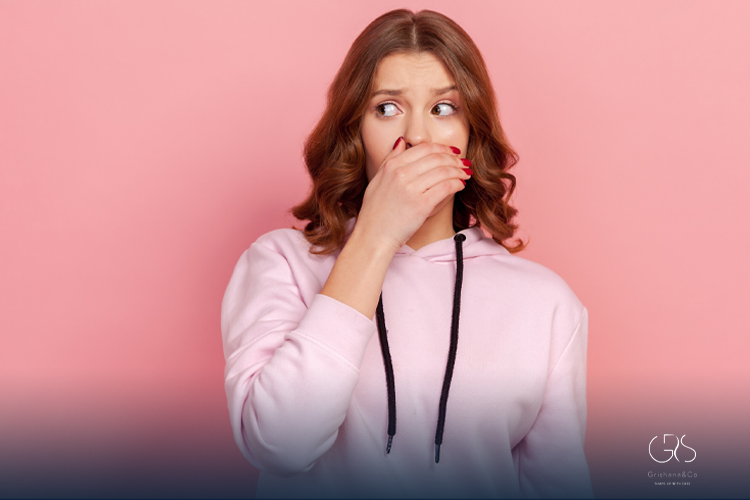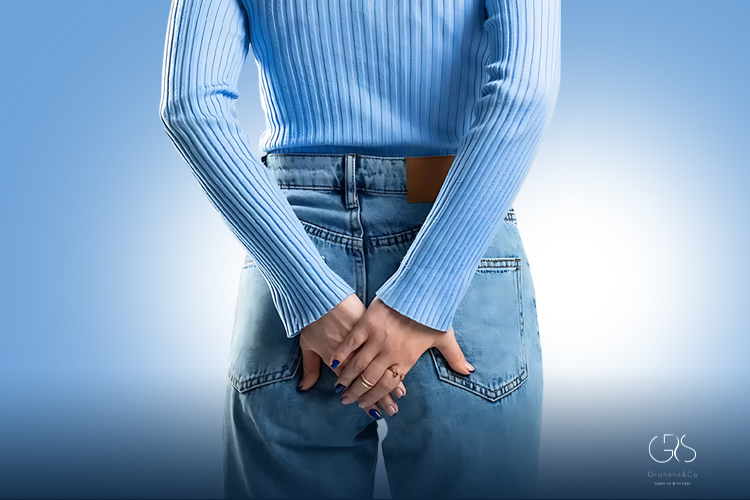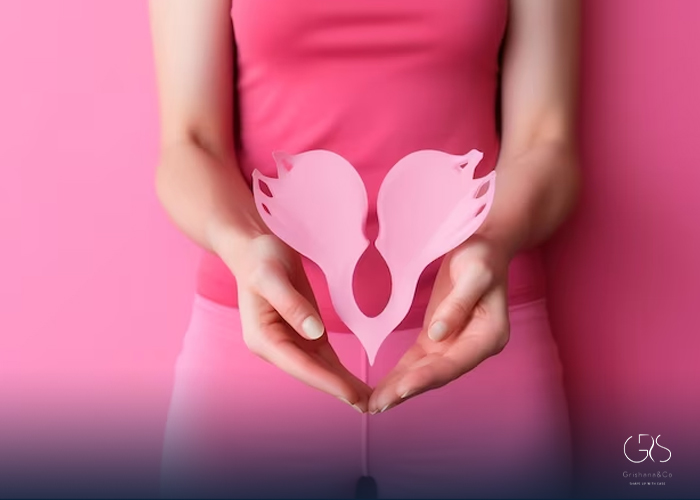Queefing, a natural bodily function experienced by many individuals with a vagina, warrants elucidation due to prevalent misunderstandings and the accompanying emotions of embarrassment and shame. This article endeavors to delve into the intricacies of queefing, encompassing its definition, underlying causes, potential mitigation strategies, and embracing diverse viewpoints. By integrating relevant statistics and insights, the aim is to construct an expansive and inclusive discourse on this subject.
What is queefing?
Queefing refers to the sound that occurs when air is expelled from the vaginal canal. It often produces a noise similar to flatulence, which can lead to situations of discomfort or embarrassment. It is crucial to note that queefing is a natural occurrence and should not be stigmatized or considered abnormal.

Why does queefing happen?
Queefing occurs when air becomes trapped inside the vaginal canal and is then released. There are multiple reasons why this phenomenon may happen:
- Sexual activity: Engaging in sexual intercourse can inadvertently introduce air into the vagina. The in-and-out motion can facilitate the entry of air, which eventually gets expelled during or after the act.
- Physical activities: Participating in exercises that involve stretching or spreading the legs, such as yoga or certain sports, can also result in queefing. The movement can draw air into the vaginal canal, which is then released.
- Natural body changes: Hormonal fluctuations, childbirth, or menopause can alter the elasticity of the vaginal walls, making it easier for air to get trapped.
How to potentially minimize queefing?
While queefing is a natural and harmless bodily function, some individuals may seek ways to minimize its occurrence. Here are a few suggestions:
- Engage in pelvic floor exercises: Strengthening the pelvic floor muscles can aid in reducing episodes of queefing. Regular exercises like Kegels can help maintain muscle tone and improve control over the vaginal canal.
- Experiment with different sexual positions: Some sexual positions can minimize the chances of queefing during intercourse. Certain positions can prevent air from being drawn into the vagina, reducing the likelihood of subsequent queefing.
- Communicate and remain open-minded: Discussing queefing with sexual partners can help foster understanding and diminish any feelings of embarrassment or shame. Establishing open communication can lead to a healthier and more pleasurable sexual experience for both individuals involved.

Diverse Perspectives:
It is essential to consider diverse perspectives when discussing queefing. While some may view queefing as embarrassing or disruptive, others argue that it is a completely normal bodily function that should be destigmatized. By embracing diverse perspectives, we can create a more inclusive and informed dialogue surrounding queefing.
Conclusion:
The Queefing Phenomenon is an intrinsic bodily process observed in individuals with a vagina. By understanding its fundamental mechanisms, we can dispel misconceptions and alleviate the accompanying embarrassment. Through open dialogue and an embracing of diverse perspectives, we can cultivate an environment of acceptance and inclusivity surrounding the Queefing Phenomenon. This fosters a more compassionate and informed conversation about queefing, promoting understanding and dispelling stigmatization. By acknowledging the Queefing Phenomenon as a natural occurrence, we can create a space where individuals feel validated and empowered to discuss this aspect of their bodies. Let us unravel the Queefing Phenomenon to foster acceptance and destigmatize its presence in an inclusive and enlightened manner.
Sources
- Mayo Clinic, Vaginal flatulence
- Healthline, Vaginal Gas




